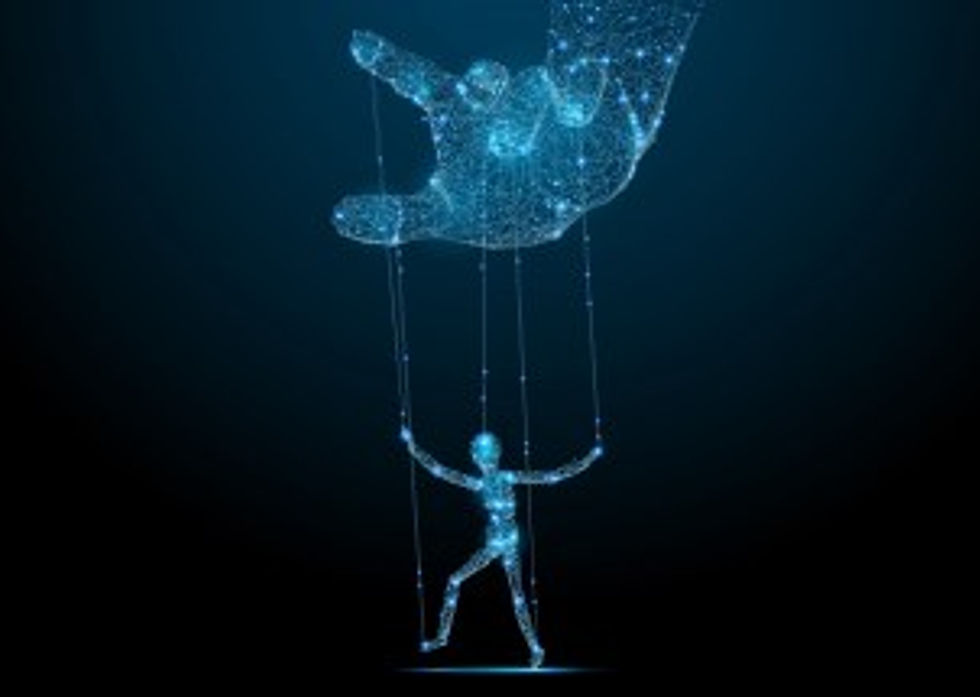The Cash Register vs The Word Processor
- Chris Mitchell
- Oct 11, 2019
- 4 min read
Updated: Aug 13, 2023
“When you know what you’re doing, you can do what you want.” -Moshe Feldenkrais
I’m sitting on my bench at my table this morning, writing a blog post. I’ve notice that I have a couple old injuries saying hello today, but nothing serious or able to slow me down (which is nice). And I’m thinking about a scan that I’m using this month for classes, that I’d like to share with you (on the assumption that if you’re reading this, you’re into all that “self-improvement stuff”) because if you were never to work with me, but ONLY did this once a morning, I think you’d find yourself having an easier time with things. Or, conversely, if you’re thinking about working with me but wondering whether I’m a nut-job, you could try this on for size. [Narrator: He was indeed a nut-job. But he was a nut-job in their favor.]
A “scan” is shorthand for a way in which one encourages students to check in with themselves before and during lessons, to sense what’s happening in their bodies.
It’s very simple. Our bodies are “tensegrity structures,” which is a five-dollar way of saying that if you pull on any one part, you’re pulling on all the parts, and thus changing its shape, in exactly the way a marionette moves and a rock doesn’t.

Not a Rock.
So this week I’m asking my students to chill out on their backs and notice, as they breathe which parts of themselves want to move as their diaphragms change their shape, and which points are Rated R for Rock, or even U for Unknown, by the Moving Body Association of How Do You Feel Right Now While Breathing?
(I recommend that ALL of my students breathe daily. Weird, I know…)
And then, in the very next breath, I’m asking them to be happy with whatever they find. Because the part of us that thinks isn’t the same part that determines the levels of ease and tension found inside our bodies. We have to move in order to sense, and we have to use words in order to think. That’s pretty amazing. As an infant, you sensed, but for the most part, thoughts as we adults know them weren’t a thing. So you can call the part of you that gets ideas about things your “Word Processor.” “Can you back that up/walk your talk” is a phrase for a reason. You can’t, unfortunately, word your way into being awesome at playing the violin, dunking on people, or reigning supreme among your fellow nerds at lightsaber dueling.
(In case there was any doubt, yes, I am a member of The Nerd Tribe)
There’s a different part of your brain, a more primitive part, which takes over when there’s an emergency, that I call the Cash Register. Like the cash register in a giant grocery stores that knows exactly what’s on sale across 20+ whole aisles of produts, your motor cortex/”Cash Register” knows exactly how much contraction and de-contraction there is in every single muscle spindle and fiber in your body. The Cash Register is really, really good at doing all the movement you take for granted all day long. It’s really lousy at writing sonnets. So the first thing you want to do if you’d like to improve yourself and be better at doing things (or better at doing them while hurting a lot less, and with my injury history, believe me, I’m sympathetic to that), is to recognize not what you want yourself to be, but what your pattern of ease and tension is, and to be grateful for all the stiff spots we’d usually grump at. Counter-Intuitive? Yes, and that was one of Moshe Feldenkrais’ incredible insights. Those spots rated R for Rock and U for Unknown are part of protective patterns that your Cash Register has set stiff, because unlike the “sale items” that are “set to move” (yes, I went there), it knows where all your difficulties are, where you’re in balance and out of balance, and where you’ve just plain gotten injured, and has set the stiff muscles stiff for your protection and that’s usually, to be entirely frank, so that you don’t fall on your ass. The first step isn’t to try to turn yourself into a robotic, “idealized” version of who you think you ought to be, but to get much, much better at noticing who you actually are. When you get better and better at noticing “oh, I’m doing THIS,” your balance will improve (it’s hard to be balanced if you don’t know where you are, after all), and you’ll also get better and better at refining whatever “this” is so that it’s a lot more simple, elegant, pain-free, and fun. The “Store manager” (that’s your pre-frontal cortex, for those of you who are into the applied neurology) will notice things that could be put on sale, and say “hey, discount the tension on Quadratus Lumborum 15% today.” You might need to do more than that to get really good at whacking your friends with lightsabers, but you might be truly amazed at how much you can improve just by actually noticing what you’re already doing.
So what’s it like to be you today? More Marionette, or Really Rocky? In which places?

header.all-comments